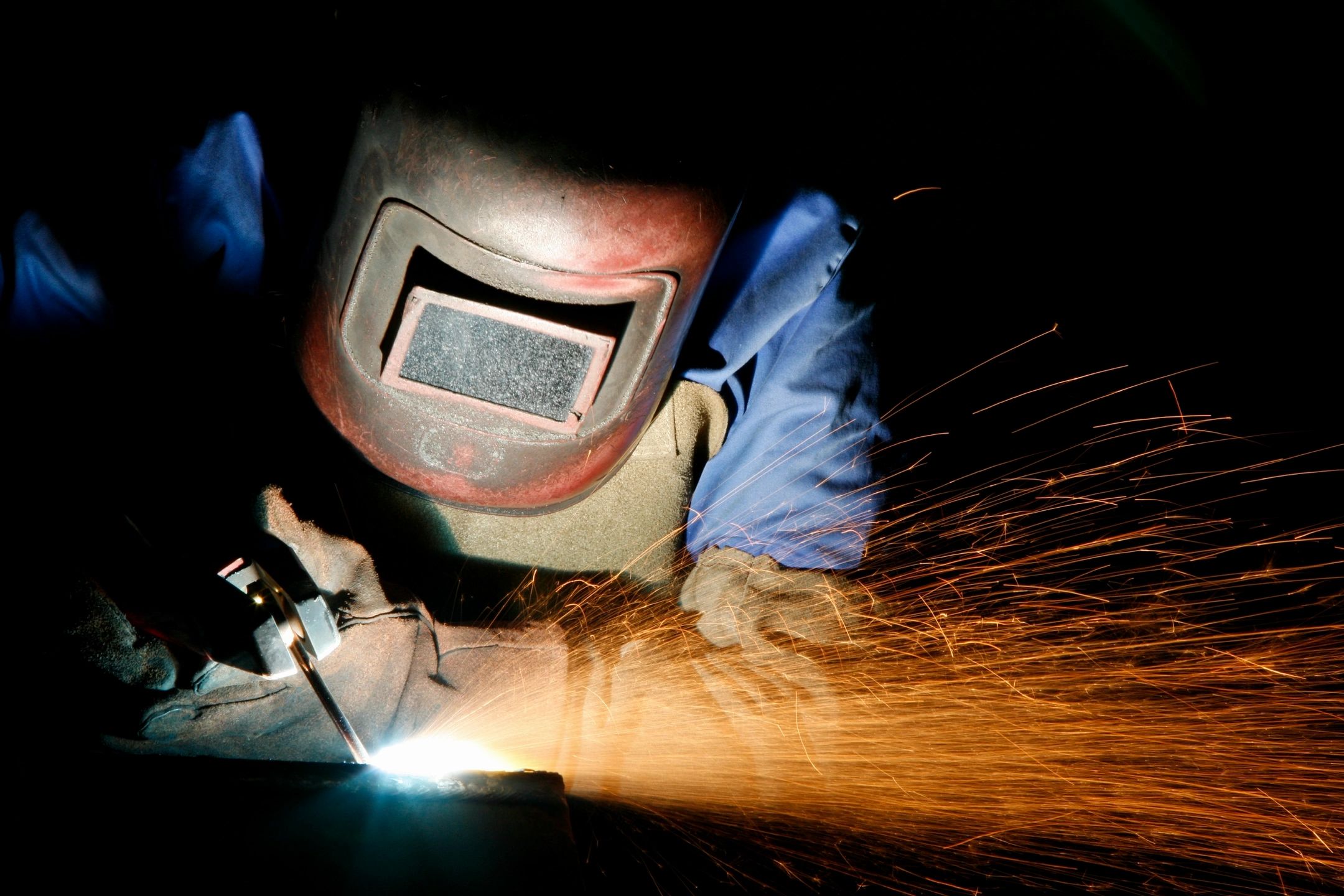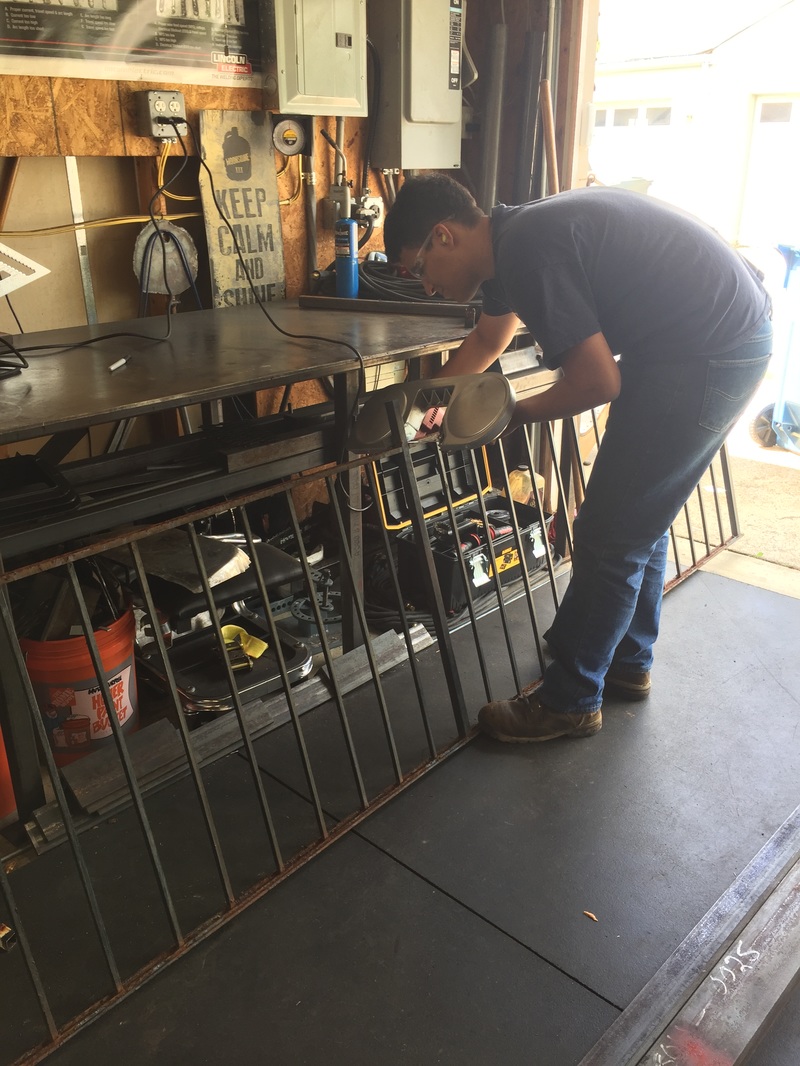Common Welding Fixing Issues and How to Address Them Successfully
Welding repairs frequently run into a series of problems that can jeopardize the honesty of the end product. Usual issues consist of inadequate penetration, porosity, and imbalance, to name a few. Each problem provides unique challenges that require particular methods for resolution. Understanding these concerns is essential for welders intending to enhance their outcomes and skills. This conversation will certainly discover these common welding repair issues and efficient techniques to address them.
Poor Penetration
Insufficient infiltration takes place when the weld metal fails to completely fuse with the base material, resulting in weak joints and prospective architectural failures. This problem commonly originates from inadequate warm input, wrong electrode angle, or incorrect welding rate. Welders might run into poor infiltration because of a mistake of the needed parameters for a certain material thickness or kind. Additionally, contamination on the base material's surface can impede reliable bonding, exacerbating the problem. To deal with insufficient infiltration, welders ought to guarantee appropriate setups on their tools and preserve a tidy work surface area. Routine examination of welds is suggested to recognize any type of shortages early, permitting prompt improvements and the prevention of endangered architectural stability in bonded assemblies.
Porosity
Porosity is a typical flaw in bonded joints that materializes as tiny gas bubbles trapped within the weld steel. This problem can endanger the integrity of the weld, causing decreased toughness and possible failure under stress. Montana Mobile Welding and Repair Welding. Porosity typically arises from contamination, dampness, or improper welding methods, which allow gases to run away right into the liquified weld swimming pool. To attend to porosity, welders need to guarantee correct surface area preparation, preserve a tidy functioning environment, and utilize appropriate welding specifications. Furthermore, picking the appropriate filler product and protecting gas can mitigate gas entrapment. Routine assessment and screening of welds can assist determine porosity early, guaranteeing prompt rehabilitative actions are taken, consequently maintaining the top quality and reliability of the welded structure
Imbalance
Imbalance in welding can develop from numerous aspects, consisting of improper arrangement and thermal development. Understanding the source is important for effective resolution. Several improvement techniques are readily available to realign elements and assure architectural integrity.
Reasons for Imbalance
Welding imbalance often stems from a selection of underlying problems that can compromise architectural stability. One main cause is inappropriate fit-up of parts prior to welding, which can cause voids and uneven surface areas. Variations in thermal expansion during the welding process can likewise cause distortion, especially if the materials being joined have various coefficients of expansion. In addition, inadequate securing and fixturing may fall short to hold parts securely in position, causing movement during welding. Poorly conserved tools, consisting of welding machines and devices, may present inconsistencies in the weld grain, further adding to misalignment. Ultimately, operator error, coming from not enough training or experience, can likewise play a substantial function in developing misaligned welds.
Improvement Techniques Available
Resolving imbalance successfully requires a mix of rehabilitative techniques tailored to the details concerns at hand. One usual approach is making use of components or jigs to hold elements in the correct position throughout welding, ensuring constant alignment. In addition, preheating the materials can help in reducing distortion and enhance fit-up. For significant imbalance, mechanical realignment strategies, such as using hydraulic jacks or clamps, can be employed to correct the setting before welding. Post-weld warmth treatment might likewise be required to alleviate anxieties triggered by imbalance. Careful inspection and adjustment throughout the arrangement stage can protect against misalignment concerns from ending up being considerable troubles, promoting a smoother welding process and improving total structural integrity.
Distortion
Distortion is an usual challenge in welding that can develop from different elements, consisting of uneven home heating and cooling. Comprehending the reasons of distortion is necessary for applying effective avoidance methods. Addressing this problem not just boosts architectural stability however likewise enhances the general high quality of the weld.
Reasons for Distortion
When based on the extreme warm of welding, products often go through adjustments that can cause distortion. This phenomenon mostly develops from thermal development and contraction throughout the welding process. As the weld location heats up, the material broadens; upon cooling, it acquires, which can produce interior anxieties. Furthermore, unequal home heating across a work surface can worsen these tensions, resulting in warping or bending. The kind of material also plays a substantial duty; steels with differing thermal conductivity and coefficients of growth may respond in different ways, resulting in unpredictable distortions. Inadequate joint style and inadequate fixturing can contribute to imbalance during welding, enhancing the likelihood of distortion. Understanding these reasons is necessary for reliable welding repair work and prevention strategies.
Prevention Techniques
Efficient prevention methods for distortion throughout welding concentrate on managing heat input and making certain correct joint design. Preserving a regular warm input assists to reduce thermal growth and tightening, which can lead to distortion. Using strategies such as preheating the workpiece can also minimize the temperature gradient, advertising consistent home heating. Additionally, selecting ideal joint styles, such as T-joints or lap joints, can boost stability and decrease stress focus. Implementing correct fixturing to safeguard the work surfaces in area even more aids in keeping alignment during the welding process. Finally, staggered welding series can disperse heat a lot more uniformly, protecting against local distortion. By applying these approaches, welders can significantly decrease the possibility surfox of distortion and improve the total quality of their welds.
Cracking
Breaking is a common problem encountered in welding repair work, frequently resulting from various aspects such as inappropriate air conditioning rates, material choice, or poor joint preparation. The occurrence of fractures can substantially compromise the honesty of the weld, causing prospective failures throughout procedure. To resolve this concern, welders should initially examine the origin, making certain that products are suitable and properly chosen for the particular application. In addition, regulating the cooling price during the welding procedure is crucial; quick air conditioning can cause anxiety and bring about cracking. Correct joint design and prep work likewise add to decreasing the threat. Executing these methods can boost weld high quality and toughness, eventually lowering the probability of cracking in finished weldments.

Incomplete Fusion
A substantial problem in welding repair services is insufficient combination, which takes place when the weld steel does not adequately bond with the base product or previous weld passes - Belgrade Welding. This problem can bring about weaknesses in the joint, potentially jeopardizing the honesty of the welded framework. Aspects adding to insufficient fusion include insufficient heat input, improper welding method, and contamination of the surface areas being joined. To address this problem effectively, welders should ensure proper pre-weld cleansing and surface prep work, as well as change their welding parameters to accomplish sufficient infiltration and fusion. Regular assessment during the welding process can also aid recognize incomplete fusion early, permitting for timely corrective measures to enhance the general quality of the weld
Overheating
While welding fixings can improve architectural integrity, overheating presents a significant difficulty that can cause material destruction. Too much warmth throughout welding can change the mechanical buildings of steels, resulting in decreased stamina, raised brittleness, and bending. This phenomenon is specifically critical in high-stress applications where architectural reliability is critical. Identifying getting too hot can entail aesthetic inspections for discoloration or distortion, in addition to keeping track of temperature throughout the welding procedure. To reduce the threats related to overheating, welders must utilize ideal strategies, such as controlling warm input, readjusting traveling rate, and utilizing ideal filler products. Furthermore, applying pre- and post-weld heat therapies can aid recover product buildings and boost the general quality of the repair service, ensuring long-term efficiency and safety.
Often Asked Concerns
What Are the Common Indicators of a Welding Flaw?

Just How Can I Examine My Welds for Top quality?
To evaluate welds for high quality, one can make use of aesthetic examinations, ultrasonic screening, and radiographic approaches. Each method guarantees parkside welder architectural integrity, determines defects, and verifies adherence to specified requirements, inevitably boosting the integrity of the bonded joints.
What Safety and security Safety Measures Should I Take While Welding?
When welding, one ought to focus on security by putting on suitable personal safety devices, making sure appropriate air flow, protecting flammable materials away, keeping a clean office, and recognizing surroundings to avoid injuries and mishaps.
Can I Repair a Weld Without Renovating the Entire Joint?
Fixing a weld without renovating the entire joint is feasible, relying on the damage (Montana Mobile Welding and Repair Fabrication). Methods such as grinding, adding filler product, or making use of a welding process can effectively deal with details problems while protecting the surrounding framework
What Equipment Are Important for Reliable Welding Repair Works?
Necessary tools for reliable welding repairs consist of a welding maker, cord brush, grinder, safety equipment, clamps, and filler materials. Each device plays a crucial role in guaranteeing top quality and cigweld 135 safety and security during the fixing process. Porosity normally emerges from contamination, moisture, or improper welding methods, which enable gases to get away into the molten weld swimming pool. Badly kept tools, including welding machines and devices, may present inconsistencies in the weld grain, further contributing to imbalance. When subjected to the extreme heat of welding, materials commonly undergo changes that can lead to distortion. Splitting is a typical concern run into in welding repair services, usually resulting from various factors such as incorrect cooling rates, product option, or inadequate joint preparation. A considerable issue in welding repair work is insufficient blend, which occurs when the weld metal does not effectively bond with the base product or previous weld passes.